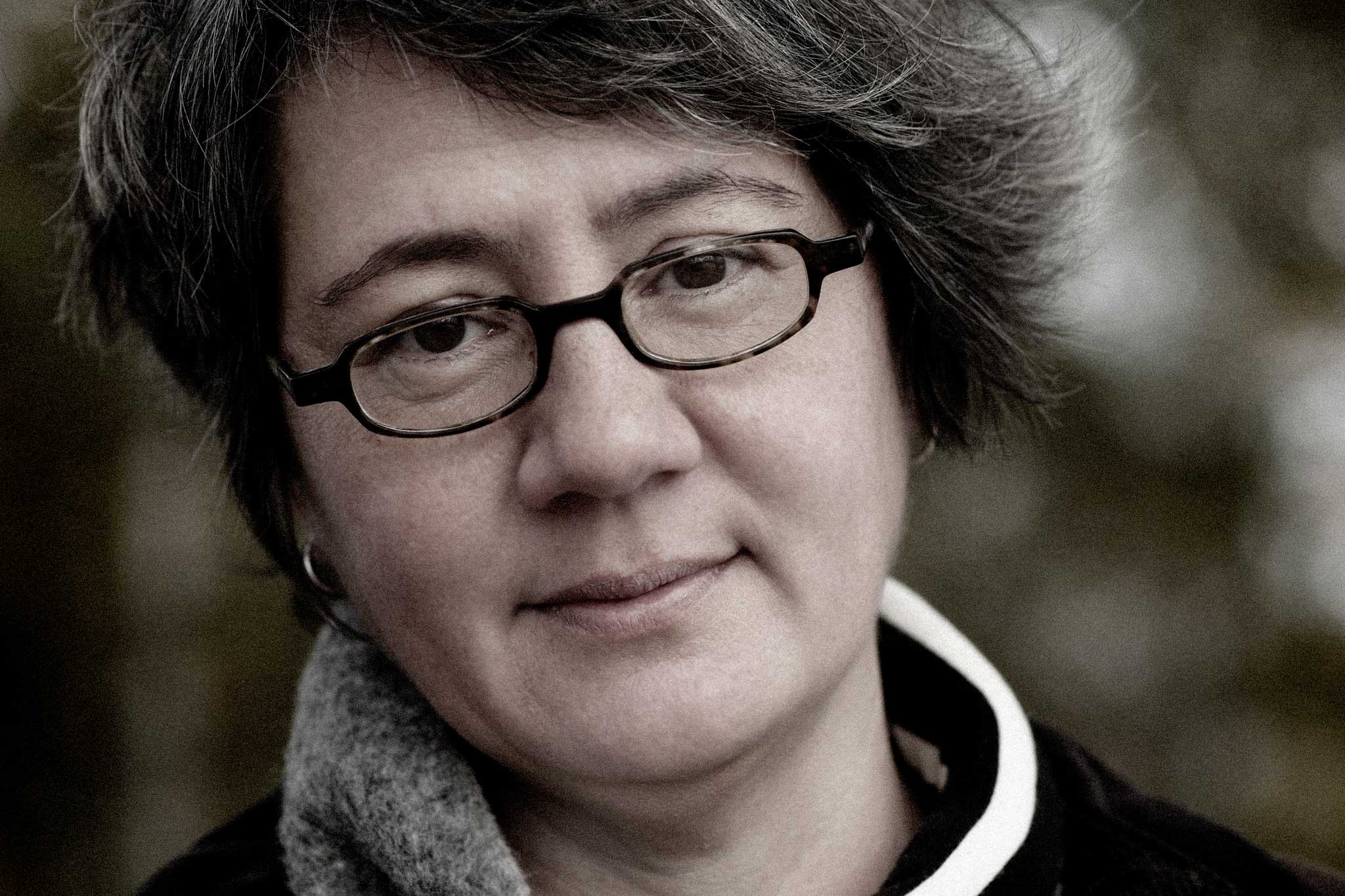In South Korea, with its population of more than 50 million, education, research and innovation are three key success factors in the substantial economic development that has taken place in recent decades. The country is often described as an economic miracle that grew from the ashes of the Korean War (1950–1953) to become one of the world’s largest economies. Many put the miracle down to a greater focus on education. In contrast, others maintain that it stemmed from the will of the people to overcome poverty hand in hand with state economic development.
In 1996 South Korea became a member of The Organisation for Economic Co-operation and Development (OECD), a move that facilitated quicker economic growth. The International Monetary Fund (IMF) lists the country among the world’s most advanced economies.
South Korea has a centralised school system with free education from six to fifteen years of age. Preschool between four and six years of age is followed by nine years of compulsory primary and middle school. After this comes three years of high school and two to three years of vocational college. The country usually ranks very high in international comparisons of school results and has among the highest number of higher education students in Asia.
Not unexpectedly, there are many universities in South Korea. The three highest-ranked are Seoul National University, Korea University and The Korea Advanced Institute of Science & Technology.
Seoul National University (SNU), ranked number one in South Korea and 36 in the world, was founded in 1946 through a merger of ten institutions. SNU has the country’s most influential alumni network and is said to be able to produce one in four candidates as future CEOs of the 100 most successful companies. The university has an impressive portfolio of global partnerships and collaborates with 289 universities in 58 countries. SNU ranks among the best universities in the world in 41 subjects, including the 20 best in chemistry, mechanical engineering, pharmacology and sport-related subjects.
Korea University was founded in 1905 and has around 37,000 students on two campuses. While ranked second overall, its international research network is ranked number one in the country and the university has the second highest number of international students in the country. Roughly eleven per cent of the students come from other countries. At the time of writing, Korea University is listed among the world’s best educational institutions in 33 subjects. It holds top 50 positions globally in accounting and finance, management, chemical engineering, mechanical engineering, modern languages, politics and social policy, and administration.
The third university, Korea Advanced Institute of Science & Technology (KAIST), is located in the research and technology hub of Daejeon. KAIST was founded in 1971 as the country’s first research-oriented science and technology institution. While the institute is mainly based in the Daedeok Innopolis area, a cluster of high-tech research institutes, government agencies and venture firms. It also has a campus in Seoul and is home to the KAIST College of Business.
A few years ago, the Mayor of Seoul, Park Won Soon, had this to say in an interview with Meetings International: “The meetings industry is Seoul’s future and the economic driver for the society. Also, we will build a sustainable city.”
Although Seoul holds a prominent position in both the UIA and ICCA rankings for the number of international meetings it holds annually, an affirmation by the global community that they are moving in the right direction, it is not resting on its laurels. Seoul has taken great strides to realise its vision of turning the city into a district-wide, and worldwide, meetings capital.
